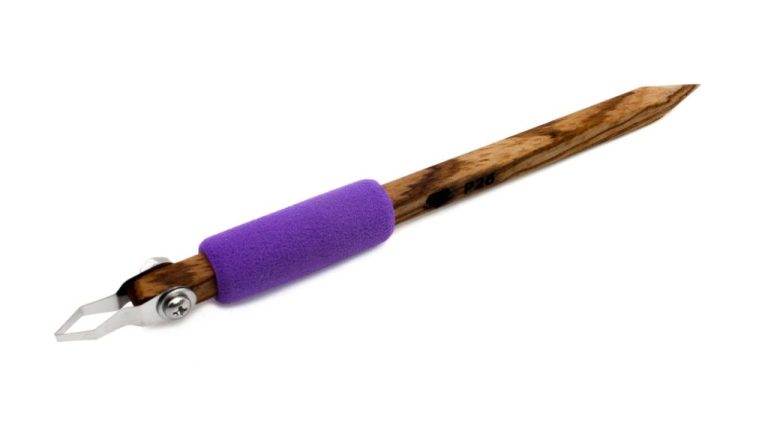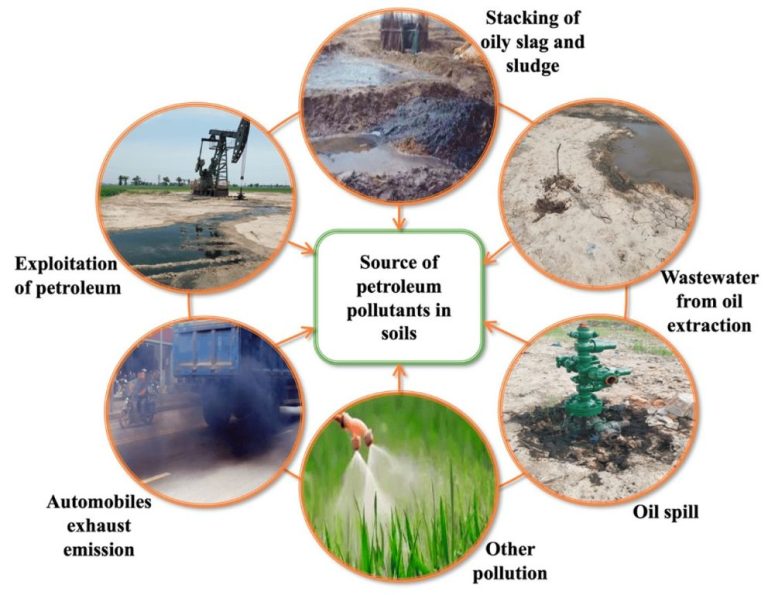Can You Make Your Own Refractory Cement?
What Is Refractory Cement?
Refractory cement is a special heat-resistant cement used in high-temperature applications. Unlike regular cement such as Portland cement, refractory cement is very heat resistant and can withstand temperatures up to 3000°F (1650°C)1. Based on their chemical composition, refractories are categorized into three main types: acidic, basic and neutral2.
Refractory cements contain a high percentage of alumina and silica, giving them excellent thermal insulation properties. They are used to line furnaces, fireplaces, masonry ovens and other high-temperature equipment. The key difference between refractory cement and regular cement is that refractory cement can withstand intense heat without breaking down or disintegrating.
When regular cement is exposed to high temperatures, the chemical bonds break down, causing the cement to lose its structural integrity. However, refractory cements are specifically engineered to withstand extremely high temperatures while maintaining their form and structure.
Uses for Refractory Cement
Refractory cement has several common uses in high temperature applications:
Lining kilns and furnaces – refractory cement is often used to line the interior walls of kilns, furnaces, fireboxes, and other equipment exposed to high heat. It provides insulation and protects the structure from thermal stress and damage.
Fireplace and stove installations – refractory cement is an important material in constructing fireplaces and wood or pellet stoves. It’s used to line and build fireboxes as well as chimneys and exhaust vents.
High temperature applications – any process or equipment involving very hot temperatures relies on refractory cement. This includes industrial applications like smelters, boilers, reactors, incinerators, and coke ovens.
Refractory cement allows these systems to contain and withstand extremely high temperatures while insulating the surrounding structures. It resists thermal shock better than standard concrete or mortar. (https://mymaterialwarehouse.com/blogs/material-help-desk/refractory-cement-what-it-is-plus-5-things-you-need-to-know)
Benefits of Making Your Own
Making your own refractory cement allows you to customize the properties to your specific needs. You can adjust the recipe to achieve the characteristics you want such as strength, insulation value, temperature resistance, etc. Commercial pre-made refractory cement may not offer the exact specifications your application calls for.
Mixing up a batch yourself is also far more economical than purchasing ready-made refractory cement. You likely already have most of the ingredients on hand or can source them very cheaply. This allows you to make small batches as needed rather than buying large bags at high cost. With the ability to customize properties and lower materials cost, making DIY refractory cement can save you significant money.
Another advantage is the ability to mix up only the quantity you need for a given project. There’s no need to open a new bag if you just need a small amount. You can follow the recipe to make any size batch your application requires. This prevents waste and avoids storing excess material. Overall, the benefits of increased customization, lower cost, and making only what you need make a compelling case for mixing your own refractory cement.
Recipe and Ingredients
When making your own refractory cement, the most common ratios of ingredients are 60-80% aggregate, 15-30% calcium aluminate cement as the binder, and 5-10% additives like silica fume or fireclay. The type of aggregate and ratios depend on the desired characteristics like insulative properties, density, and temperature resistance.
For the aggregate, common choices are perlite, vermiculite, or fireclay. Perlite and vermiculite provide good insulation for lower density mixes. Fireclay has higher strength and density. The particle size of the aggregate matters too, with a mix of particle sizes ideal.
The key binder is calcium aluminate cement, which provides strength and bonds the aggregate particles. Pre-mixed calcium aluminate cements are available, like Secar 71. Or blends with calcium aluminate can be used, like portland cement-calcium aluminate blends.
Lastly, additives like silica fume help reduce shrinkage and improve strength. Up to 10% fireclay can be added to increase density and durability. Other minor mineral oxide additives can tailor characteristics.
Mixing Process
Making refractory cement requires some tools and equipment. The mixing should take place in a sturdy container, like a mortar mixer or sturdy bucket. The materials also need to be thoroughly combined using an appropriate tool like a shovel, hoe or paddle mixer attachment for a drill.

When mixing refractory cement, first measure out the dry ingredients in the proper ratios. Typically an even 1 to 1 ratio of calcium aluminate cement to fire clay/refractory aggregate is used. Add the dry ingredients to the mixer and blend them together thoroughly until they are evenly distributed and well-combined.
Next, slowly add in water while continuing to mix. The amount of water needed can vary based on the specific materials used. Add just enough water so the mixture forms a workable consistency, similar to a firm modeling clay. You want the cement to be moist enough to shape, but not runny. The mixture should stick together in a ball when compressed. Thoroughly mix for 5-10 minutes once the right consistency is reached.
Curing and Drying
Proper curing is essential for refractory cement to reach maximum strength and hardness. After initial mixing, the cement must be kept damp for at least 72 hours according to Rutland. This allows hydration to occur as the cement reacts with water.
After the initial moist cure, the refractory can be tested for hardness. A properly cured cement should not be able to be scratched by a fingernail. The cement must then be slowly dried to remove any remaining moisture. The drying process can take anywhere from 2 days up to several weeks depending on the environment.
According to HWI, the final step is a firing process to fully set the cement. The temperature should be gradually raised no faster than 200°F per hour until reaching a minimum of 1000°F. After firing, the refractory will reach maximum strength.
Shaping and Forming
Refractory cement can be shaped and formed in various ways once mixed. Some common techniques include:
Pouring into molds – Precast molds made of materials like steel, graphite, or ceramics can be used to form refractory shapes like bricks or troughs. The cement is poured into the mold cavity and allowed to set fully before removing.
Hand sculpting – For more organic, custom shapes, refractory cement can be hand-sculpted when still in a plastic state before hardening. This takes some skill but allows unique forms.
Cutting bricks – Standard firebricks can be cut to size using a brick chisel or masonry saw. This allows custom fitting refractory bricks to line small spaces. Refractory bricks are often used this way in kilns, forges, and furnaces.
Safety Considerations
When working with refractory cement, it’s important to take proper safety precautions to avoid potential hazards. The main risks include:
Dust hazards – Mixing, pouring, and handling refractory cement can create fine dust that should not be inhaled. According to the HarbisonWalker International SDS, occupational exposure to refractory cement dust should be monitored and controlled.
Skin and eye irritation – Contact with wet refractory cement can irritate eyes and skin. As recommended in the Imperial Group SDS, safety glasses, gloves, and protective clothing should be worn to prevent contact.
Ventilation – Refractory cement curing releases heat that requires proper ventilation. Mix and use refractory cement in a well-ventilated area, according to the Ceramaterials SDS.
By using proper personal protective equipment like masks, gloves, and safety glasses, along with ensuring adequate ventilation, the hazards of working with refractory cement can be minimized.
Storage and Shelf Life
Properly storing homemade refractory cement is crucial for ensuring it lasts as long as possible. Here are some key considerations for storage and shelf life:
Seal containers tightly to limit exposure to air and moisture. Castable refractory cement is hygroscopic, meaning it absorbs water from the air. This can negatively impact the shelf life and performance. Store in air-tight plastic buckets or bags by squeezing out excess air before sealing (Mann, 2021).
Control humidity where it is stored, as moisture causes premature hardening. Store refractory cement in a dry warehouse without rain or dampness. According to JN Refractory, warehouses should not have humidity levels exceeding 70% (JN Refractory).
Expect a shelf life of 6-12 months with proper storage. Refractory cement stored in tightly sealed containers in a climate controlled warehouse can last up to a year. However, shelf life may be shorter in very humid environments.
Example Recipes
Here are some example recipes for different types of refractory cement:
High Heat Recipes
This recipe from How to make Refractory Cement 3+ Recipes results in a high temperature refractory cement capable of withstanding over 3000°F:
- 1 part Portland cement
- 2 parts silica sand
- 3 parts fireclay
Mix thoroughly while adding just enough water to create a workable consistency. Allow to cure for at least 24 hours.
Insulating Recipes
This lightweight insulating refractory cement from How-To: Homemade Castable Refractories has good heat resistance:
- 3 parts Portland cement
- 3 parts perlite
- 4 parts silica sand
- 4 parts fireclay
Mix the dry ingredients thoroughly before adding water to create a thick, moldable paste. Allow to cure completely before heating.
Medium Duty Recipes
For medium duty applications up to 2500°F, this basic refractory cement recipe can work well:
- 1 part fireclay
- 2 parts silica sand
- 3 parts Portland cement
Mix dry ingredients before adding enough water to create a moldable consistency. Allow to cure for 48 hours before heating.




